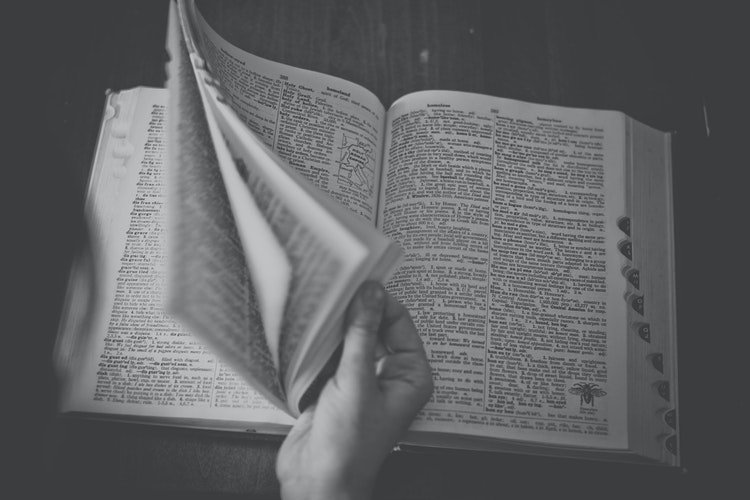
Every group eventually develops its own vocabulary. Whether people are involved in building trades, climbing, skateboarding, fashion design, politics, auto mechanics, weightlifting or weed there’s a vocabulary that both signals your group membership and facilitates discussion on whatever subject the community has coalesced around.
Bong aficionados are no different. If you walk into your local head shop in Denver and attempt to engage someone in a conversation about the latest heady glass on offer you’re going to find yourself scratching your head and trying to act like you understand if you don’t acquaint yourself with the vocab first. So that’s what we’re here to do. Provide you with a crash course on the basic bong vocabulary.
The Language of the Bong
It’s always good to start with the basics and go from there. In this case, that means explaining the different types of bongs you’re likely to see on display in your local smoke shop.
- Bong – A bong is a type of water pipe you can find in a headshop. Most are made of glass or acrylic and stand anywhere from a few inches to a foot or so high. Herb is placed in the bowl that has a stem that extends down into several ounces of water. Above the water reservoir is a tube with a mouthpiece at the top. You ignite the weed in the bowl and draw your hit in through the mouthpiece.
- Bubbler – A bubbler is a compact bong that is designed with portability in mind. Standard bongs can be pretty big which makes it impractical to take them with you when you go out. A bubbler solves that problem. Whereas the bowl on a standard bong will typically be removable, on a bubbler it’s fixed. Bubblers often have carbs as well.
- Dab Rig – A dab rig is a bong that’s designed to be used with concentrates, not raw herb. The concentrate is placed on what’s called a “nail”. The nail has been preheated using a butane torch so that the concentrate vaporizes when you place it. You then take a hit like you would with a standard bong, except that you get vapor instead of smoke.
- Heady Glass – Heady glass indicates the bong is made of high-quality materials and is different than “scientific glass” in that the glassblower has poured his creative heart and soul into it. Heady glass bongs are often visually evocative with wild shapes and a multitude of colors and, as you might guess, they can be pretty expensive. Heady glass is usually made in the US too.
- Recycler – This type of bong has a long system of curly pipes inside through which the smoke travels before it gets to your mouth. The idea is that the extended tubing enables the heat of the hit to dissipate as much as possible before it reaches the mouthpiece and your lungs.
- Scientific Glass – This is the polar opposite of heady glass. The scientific glass bong typically looks like a beaker you would find in a laboratory, except that it has a bowl protruding from the side. It’s the ultimate straight man to the heady glass bong’s comedian.
- Sidecar – With a standard bong, water can sometimes travel up the neck and wind up in your mouth. The sidecar design prevents that by placing the mouthpiece off to the side of the bong.
Now that you’re up to speed on the different kinds of bongs, you’re halfway to being able to handle a conversation at that smoke shop around the corner on Evans Avenue. Let’s continue now by looking at some bong parts and accessories.
- Adapter – An adapter is an accessory that enables you to use your dab rig to smoke straight up herb, or to use your standard bong for concentrates.
- Ashcatcher – An ashcatcher is exactly what it sounds like: a device, typically glass, that catches debris from the burning of your product in the bowl. The idea is to create a cleaner hit.
- Base – The wide bottom section of the bong that holds the water and provides the device with most of its stability.
- Bowl – The bowl on a bong serves the same purpose as the bowl on a tobacco pipe. It’s that thing that holds the herb that you plan on smoking. Bowls on bongs typically extend outward and upward from the reservoir at the base of the bong.
- Downstem – The tube that runs from the bottom of the bowl down into the reservoir. Smoke goes through the downstem into the water where it’s cooled and cleaned before being inhaled.
- Glycerin Coil – The glycerin coil is becoming a popular head shop item. It is cooled in the fridge and then placed between the mouthpiece and the neck. When you draw a hit, the cold glycerin cools down the smoke.
- Ice Catcher – With an ice catcher one or more protrusions extend into the neck at the same point. You drop ice down the neck that comes to rest on these protrusions and cools the smoke.
- Keck Clips – These are plastic clips used to hold parts of a modular bong together.
- Neck – The wide glass tube that leads from the reservoir to the mouthpiece.
- Percolator – The job of the percolator is to break big bubbles up into lots of smaller bubbles, thereby helping to cool the smoke more effectively.
Congratulations! You’re now ready to search for “head shops near me” and then head over to the nearest one and discuss bongs like a pro.
